Weather forecasting is one of the most maligned sciences around. Everybody has a story about the time they canceled elaborate plans because it was supposed to storm—and then not a drop of rain fell.
What about when the forecast is right?
“In my time, we’ve had all kinds of weather ruin events,” says Mitch Holt, director of human resources at Industrial Tent Systems in Houston, Texas. “We had a microburst that basically exploded a tent, scattered pieces everywhere. It looked like a bomb went off.
“But we had evacuated the space because of the forecast,” explains Holt. “No one was there.” That’s a happy ending (despite the damage). And as weather across the U.S. and around the world gets more volatile, the ability for companies staging events—and the tentmakers and other companies that support them—to properly respond to it becomes increasingly important.
“There is so much more awareness of extreme weather because it is happening more frequently across the country,” says Jim Foerster, chief meteorologist for DTN. “The industry is evolving to address these weather events and event managers are becoming more proactive in their weather response planning.”
That includes tools that are growing more and more sophisticated, especially from the meteorology side (see sidebar on page 31). But storm safety still begins with a few basic tenets.
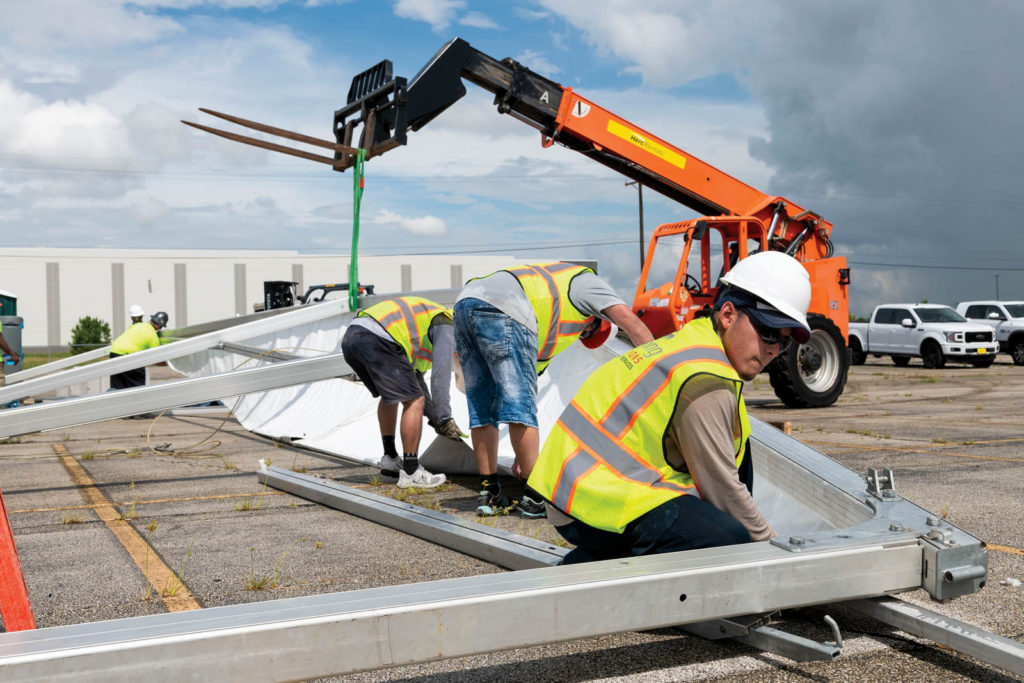
Not under a tent
“First and foremost, everybody needs to understand, including people at an actual event, that a tent is not a permanent structure,” says Kevin Gern, vice president of education and risk management for the American Rental Association, a trade association based in Moline, Ill. “It’s not a place to go to seek shelter from severe weather. Right out of the gate, it’s all about communication and making sure people know that.
“We’ve all seen the YouTube and the different snippets of video that are out there on the internet of people huddling under tents in severe weather and standing around the outside trying to hold it down and in place,” says Gern. “That’s absolutely the last place those individuals should be at that point.
“It’s kind of human nature,” he adds. “You want to get out of the rain, you want to get out of the weather, but the reality is those people need to be educated in the event that things start to escalate, and you get to that point where severe weather is imminent and people need to be seeking permanent shelter.”
Lightning is another common risk to tented events, but one that attendees may be less likely to recognize as a threat that necessitates evacuating the tent. As Foerster notes, standing under a tent that’s not grounded “is like standing around outside with a hanger in your hand. It’s about the same risk.”
He continues, “When there’s a lightning threat, the first instinct is to seek shelter. If there is not a safety plan in place and properly communicated to attendees, people may seek unsafe places, such as under a tree or in a golf cart.”
“Everything we do has to deal with that weather,” says Jeff Reder of Clark Reder Engineering in West Chester, Ohio. “For example, if I create or design a concert structure, we need to be intimate with what could happen with weather and storms.”
“Event planners need to consider emergency plans,” says Holt. “We just make sure they know that a tent is not a storm shelter.”
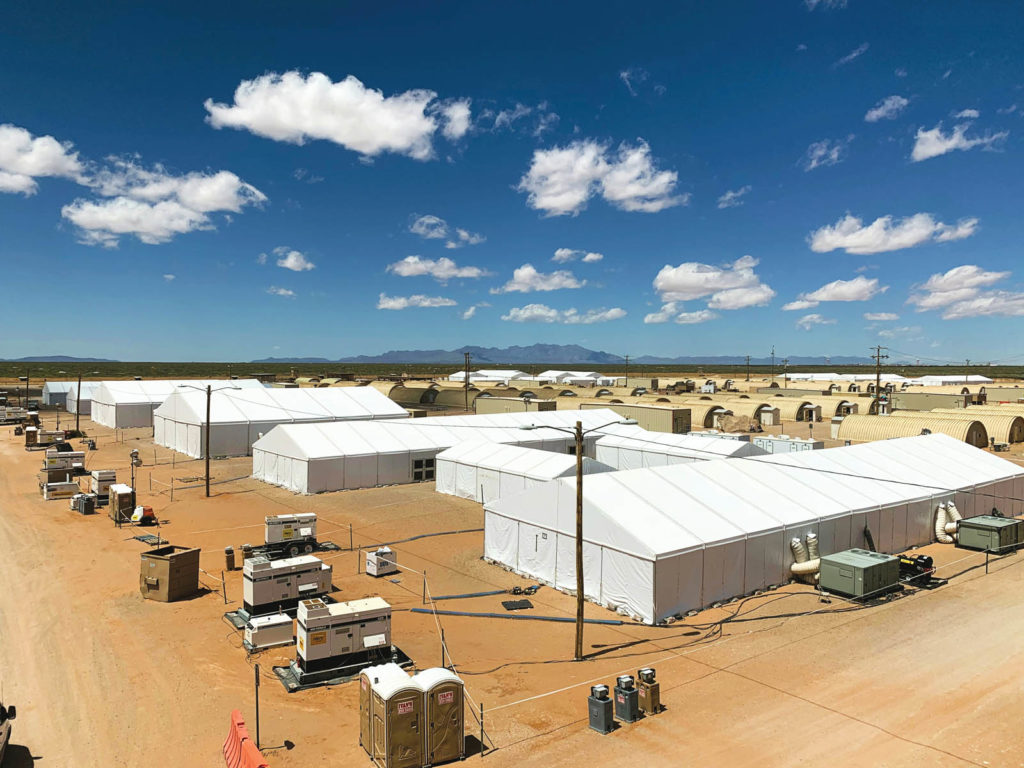
Site selection
“As you look at an event site, there are a lot of different things you need to account for,” says Gern. “It’s not just the weather forecast for the time period the tent will be installed but looking at the surface and the surface preparation that may need to happen.”
“There are a handful of things that have to be considered, some commonplace, some not,” says Holt. “Generically speaking, first thing you want to consider is geographical location, followed quickly by soil conditions, followed by duration—are you going to bump into those bad weather seasons?”
The ground is also an important factor, he says. “Asphalt or concrete are always the strongest surfaces, but if it’s going to go into dirt or compact gravel, [you’ve] got to make sure it is compacted. Make sure you’re getting the full strength of what that stake is supposed to hold against. In a storm situation, you want to avoid soft soil altogether.”
And then there’s wind.
“Here in South Texas , even if it’s not hurricane season, if you’re doing stuff at the port of Houston on the water, it’s windy there 365 days a year and you have to give that consideration,” says Holt. “All the structures have wind ratings, and you have to assume that once a structure is in place, you’re meeting all the engineering requirements, If you’re not doing that, wind rating doesn’t matter. But if you’re doing everything by the book, you can hold tight for longer periods. But I tell people that if you’re dealing with 30 mph winds, you shouldn’t be in that space anyway. You should go home.”
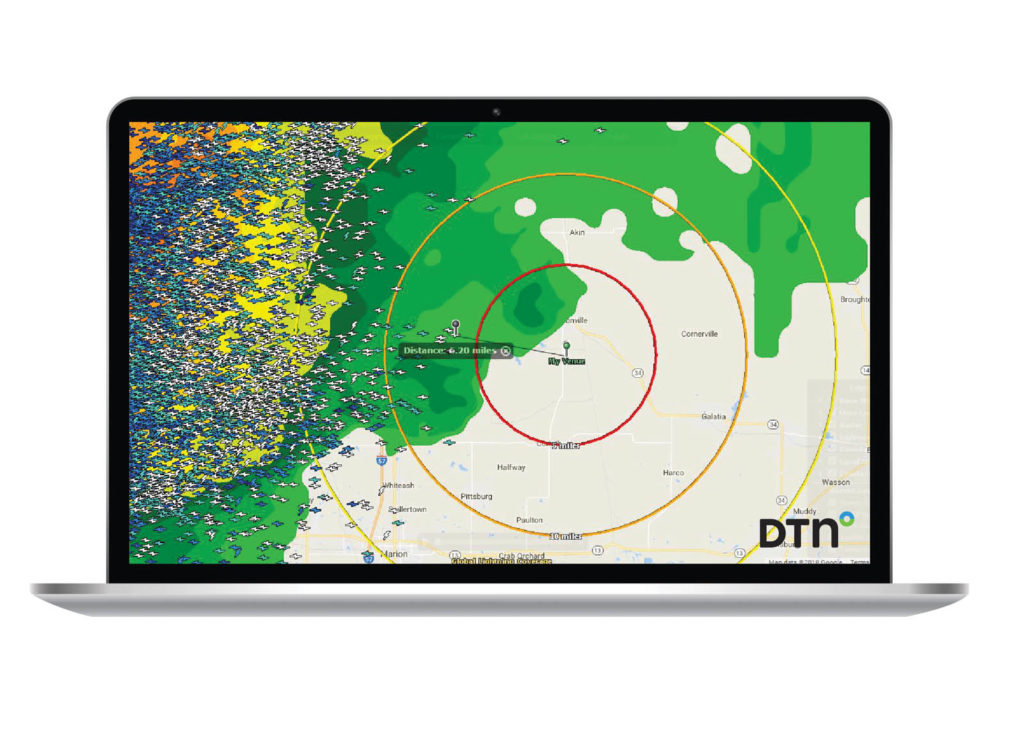
Rainfall extremes common
Rainfall extremes are becoming more and more common, leading to such widely reported events as last year’s deadly flooding in New York and several other large cities. A heavy, fast rainfall can cause problems quickly at any kind of event. “Ponded water on a tent can create a very unhealthy overload situation,” says Reder. “You need plans to remove water from a structure.”
“Average rainfall over 100 years might look flat, but flat means different things,” says Foerster. “For example, the Northeast has recently experienced a tremendous amount of rain in a short period of time, while the Southwest is still in a deep drought. When averaged, the rainfall appears consistent, but it doesn’t accurately reflect the risks. One event may be at risk for flooding, while the other would need to plan for extreme heat-related incidents.
“The atmosphere is warming, and warmer air can hold more moisture,” he adds. “So when it does rain, it rains harder. It might rain the same amount, but in 20 minutes rather than three hours. Our infrastructures can’t handle that.”
The changing climate is causing businesses and event planners to reconsider their weather event plans. “For example, tornadoes have always been a known high risk in Kansas and Nebraska and Oklahoma, but now we are seeing more intense storms in Kentucky and Arkansas and Alabama,” says Foerster. “High temperatures are increasingly becoming a concern for the Northwest. For event planners, extreme weather events like these should be considered as part of their weather response plan.”
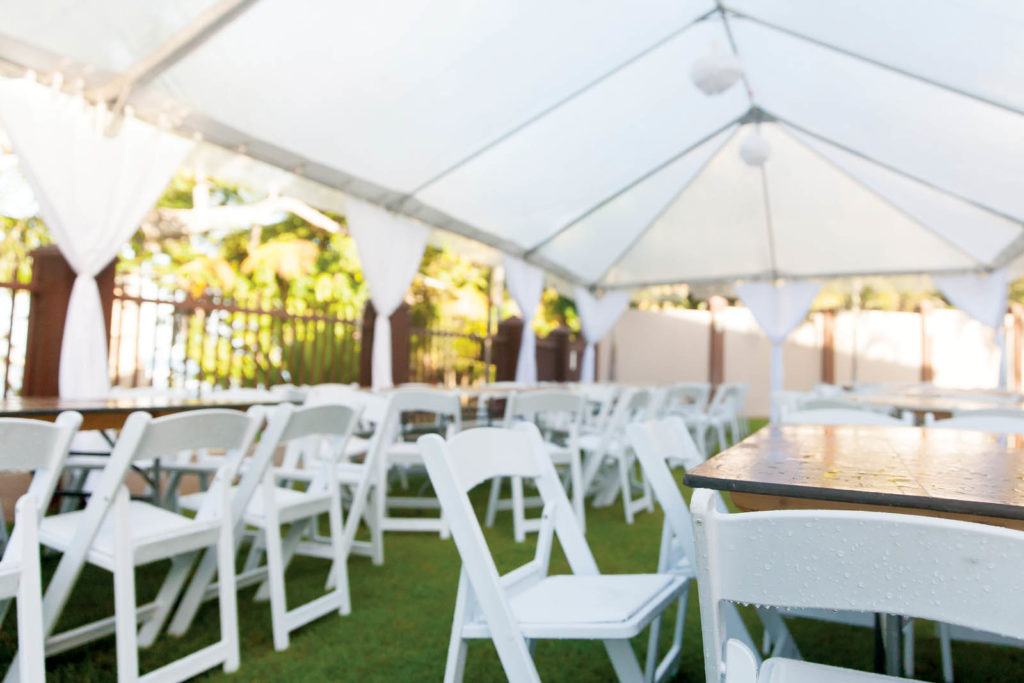
Risk communicator
The bottom line? Every event needs to account for storm issues during preparation, and then during the event itself. “It is important to be prepared,” says Foerster. “It is just as important to have a designated person monitor the weather environment and have access to, or be, the decision maker when it is time to respond to impending bad weather. For larger events, or when there is a higher risk, a risk communicator is critical. The risk communicator is a meteorologist who advises the customer—in this case, the event planner—on evolving weather conditions and helps them make confident weather response decisions.
“What you don’t want is everyone looking around and wondering what to do,” he says. “You don’t want to get into that situation.”
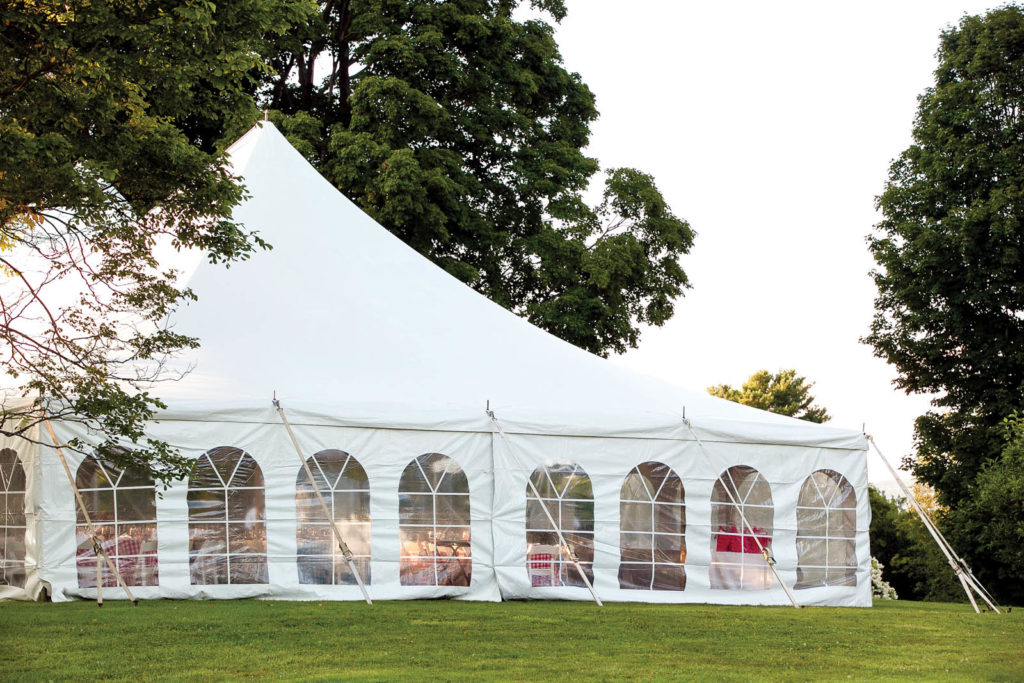
“Rental companies need to remind customers to ensure the overall safety of attendees,” advises Gern. “Communication needs to happen about the emergency evacuation plan. Should such a situation occur, people need to know what to do. They need to be ready to execute. It’s all about preparation; it’s better to be proactive than reactive.”
And yes, on occasion, people are evacuated, and events shut down and then the predicted threat never happens. “We canceled a Friday night headliner for a New York festival because they said there was 60 mph winds down at Staten Island and it was going to come right up the river,” says Reder. “But it died out as it went through the city.
“But you can’t risk it,” he says. “It’s not a fun day if you don’t do anything and something happens. We’re cool if we’re wrong. ”
Jeff Moravec is a freelance writer based in Brooklyn Park, Minn.
SIDEBAR: Apps play new role in increasing safety
Not surprisingly, cell phone apps are playing an ever larger role in keeping people safe at events by providing a variety of forecast services. But an app may not always be enough to cover safety needs. Jim Foerster is the chief meteorologist for DTN—a data, analytics and technology company that provides weather intelligence to weather-sensitive companies. He offers the following suggestions for event companies that are looking for timely and accurate weather apps.
I would encourage all event planners to have an app on their phone set to monitor the risk parameters for the event. For example, an outdoor event may have a 30-mile monitoring ring around the location of the event and a “risk-response” alert within a 7- or 10-mile ring. When lightning is within 30 miles, the event can continue as planned but you probably want to start paying attention. It’s like a tap on the shoulder.
If the lightning occurs within the inner ring, then it is getting close enough to require safety protocol. Some apps give you an all-clear; a 30-minute safety window if no activity within 7 to 10 miles. Then you may get another alert, all clear, it’s safe again. Typically, that’s what small events would do when there are not large crowds or logistics to manage.
An important criterion to consider when using a weather app is how often the information is updated. Most weather apps include radar, but many don’t include lightning data or update the information frequently. In some cases, the weather information is updated every 30 minutes. When it is a clear day, then that update time is fine. If you are concerned about bad weather, or if you are responsible for the safety of other people, an app that updates in real time is important.
As you work up the value chain, an event organizer might want to talk to a meteorologist or have them monitoring the event and call in the event of a weather threat, rather than relying on someone just glancing at an app on their phone. That’s more of a dedicated site watch service, kind of a “I have your back until it’s over” level of monitoring. A weather intelligence provider would sit down with the customer well ahead of the event to make sure the risk communicator understands the operation or event, the response plan and how much evacuation time is needed.
Weather events cause concern for any event planner, particularly when it is a large crowd or an outdoor event. While the event size may determine the level of weather monitoring—for example, a wedding at a local park doesn’t need a meteorologist—having a weather response plan and monitoring the weather is important. It can reduce chaos, improve response time and possibly save lives.




Leave A Comment